Rhinoplasty – Nose reshaping
Reshaping of the nose may be for purely aesthetic reasons however many patients have both appearance concerns and functional concerns. Most commonly a reshaping procedure is performed through an incision under the nose with adjustment of the cartilages of the nose and then re-draping of the skin over the new construct. Breathing issues such as a deviated septum or collapsing internal valve can be fixed at the time of the external rhinoplasty.
Types of problems that a rhinoplasty can address include straightening the nose, a dorsal hump can be levelled off and the narrowing of a broad tip.
Usual post-operative care
After the surgery there is a plastic splint on the outside of the nose and there may be packing on the inside of the nose. This packing is often the type which dissolves on its own without needing to be removed. I recommend patients rest with their head elevated especially at night in bed. One week after the surgery, we remove the external splint.
What to expect in the post-operative recovery:
- There will be swelling and bruising around the eyes which can last for two weeks.
- Your nose will feel blocked for a week or two and some patients benefit from using internal saline washes to help clean the inside of the nose.
- The tip of your nose will feel numb and the nose will feel firm to the touch.
- Crusting around the inside of the nose.
- Dissolving stitches on the undersurface of the nose.
- When the splint comes off, your nose will look swollen. Much of this settles over the first couple of weeks.
The swelling which can take a long period to fully settle is around the nasal tip complex. It may take over a year after the surgery before the final result can be truly assessed as it takes that time for the overlying skin to adjust to the new position of the cartilages of the nose.
Need for revision
Some patients may find or feel irregularities or bumps on their nose after the surgery. This is normal and they are usually not significant. A small group of patients still feel after the surgery that they would like some more refinement of their nose. Depending on the issue, it may be that it is not technically deliverable to alter the nose to achieve what, in the eyes of the patient, is desirable. It is important to have a clear plan before the surgery and an understanding of what is a reasonable outcome from the surgery. Together we would discuss this issue in the consultation and have at least two meetings together so that we have a shared understanding of what will happen in the operation and what our goals are. That said, around 5% of patients having rhinoplasty may need a further adjustment after a year following the surgery.
Problems that may arise and how we fix them
1. Bleeding
Immediately following the surgery there can be bleeding from the nose. This usually stops but if you have persistent bleeding – please let us know.
2. Blockage of nose
Sometimes after the operation the nose can feel blocked. Some patients find using saline douche to help clear the nose out.
3. Numbness
The tip of your nose will feel numb for the first few months after the surgery. This is because the nerves that supply the tip of the nose are stretched during the operation.
4. Firmness
Most rhinoplasty operations require cartilage structure to hold the new shape. This will make the nose feel firmer to touch.
5. Symmetry
The goal of surgery is to create a straight nose. Sometimes if the nose has had significant deviation from the midline then the nose can drift back to where it came from over time. Occasionally this needs a further operation to correct the deviation
6. Minor irregularities
Minor blips are common after this surgery. Usually they are not consequential but can cause patients to worry.
7. Need for revisional surgery
A few patients may need a further surgery on their nose if there continues to be an issue that hasn’t been fully corrected with the surgery or if the surgery creates a new problem. Usually this revision is not done until the healing in the nose is fully complete which is at least 1 year following the surgery.
I hope you find these guides helpful in preparation for surgery and for your recovery. It will cover general details of surgery and the normal way that individual’s recover after facial surgery.

